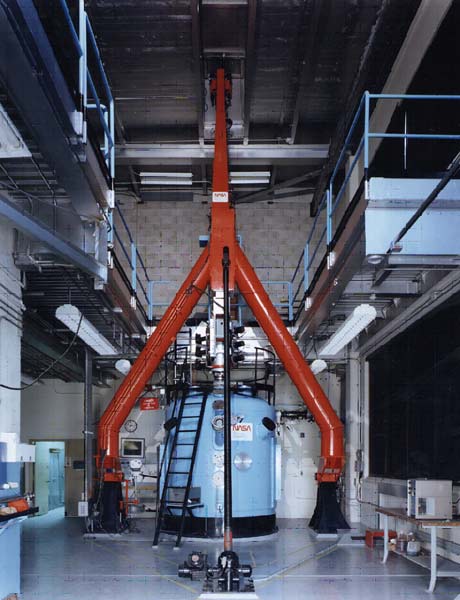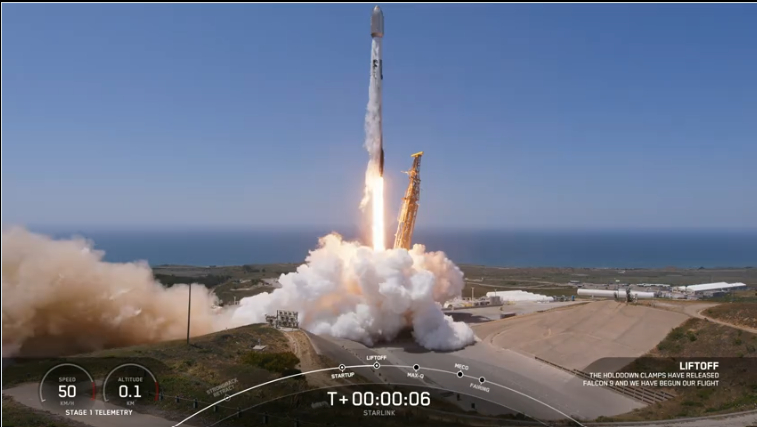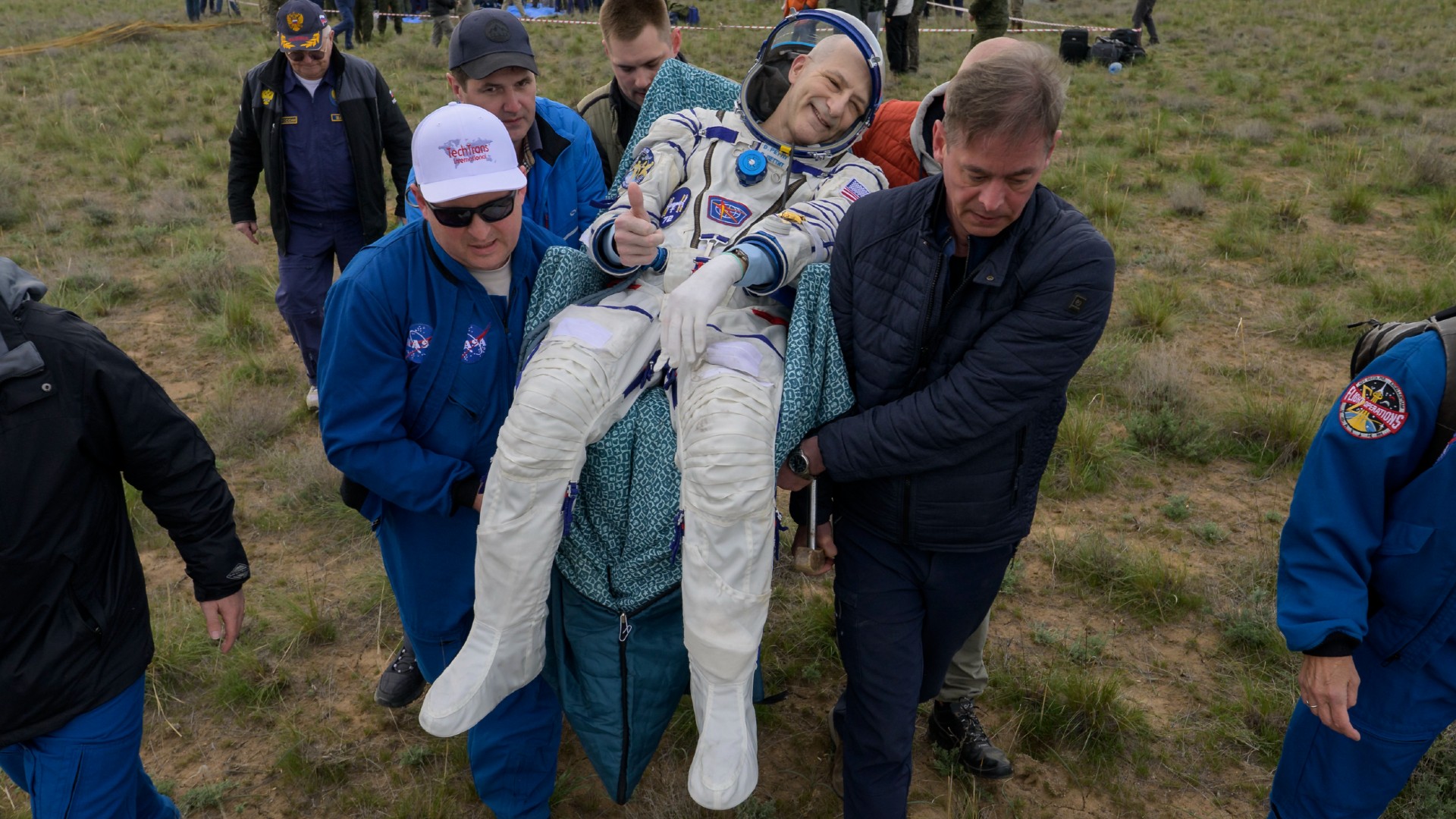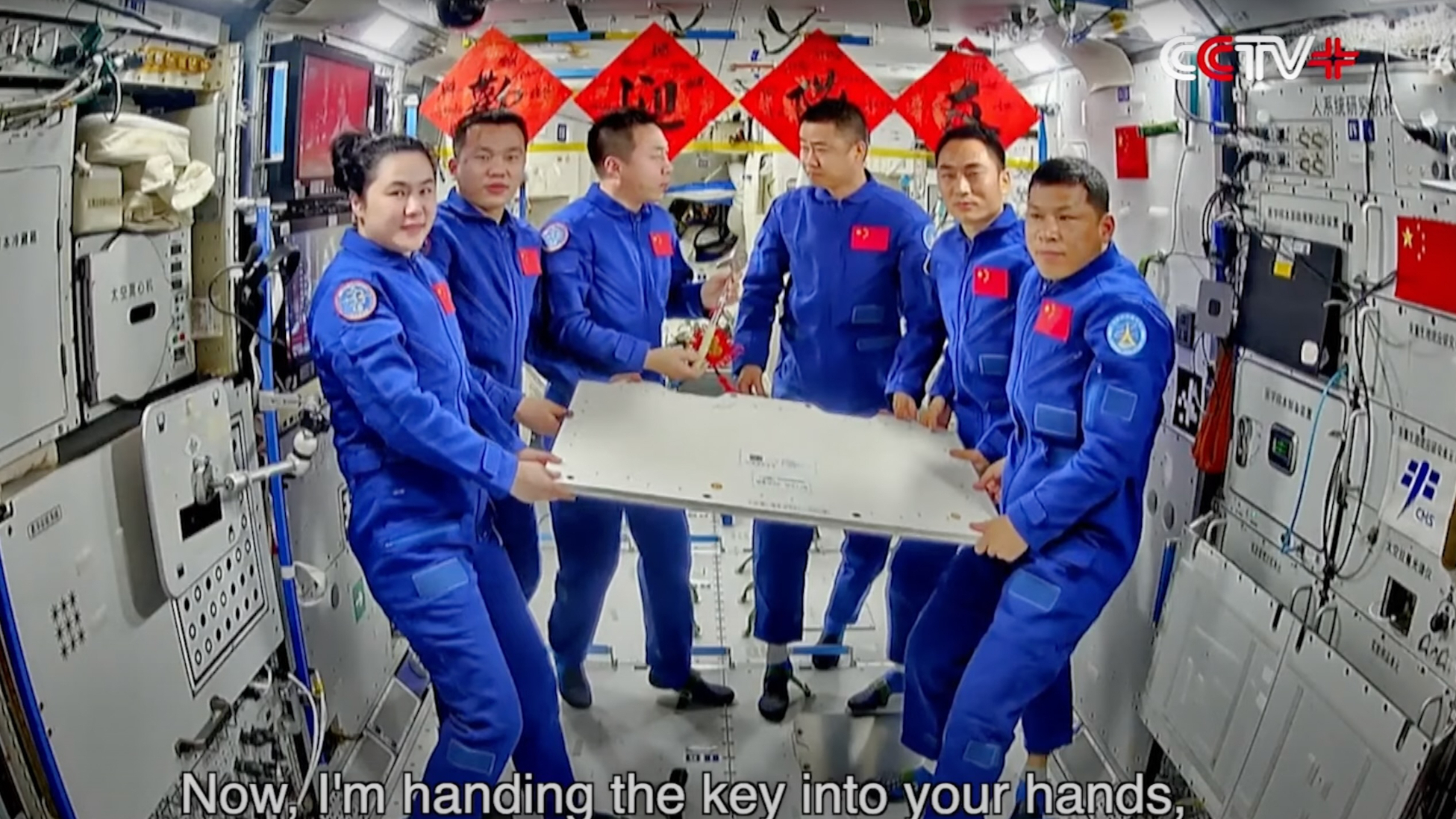Gunning for a Crash: Rehearsing Deep Impact's Comet Collision

When itcomes to slamming space probes into comets, astronomers - like Boy Scouts -prefer to be prepared.
Aspart of that preparation, a team of researchers has been using a giant gun tohurl projectiles at comet-like substances, then pore over the results. By doingso repeatedly, the astronomers hope to ready themselves for what they might seeon July 3-4, when NASA's Deep Impact mission is slated to hurl its ownprojectile at a comet known as Tempel 1.
"We look ata wide range of possible scenarios here," said planetary geologist PeterSchultz, a Deep Impact co-investigator at Brown University, in telephoneinterview. "The hope is that, with the short period of time in which we startgetting back images, we can understand what we're seeing."
Schultz andhis fellow researchers have been using NASA's Ames Vertical Gun Range to fire small, bead-sized projectiles at sand, ice and a host of other materialsdesigned to mimic what might be waiting for Deep Impact at Tempel 1. During itsmission, Deep Impact will release a copper-tipped, 820-pound (372 -kilogram) probethat will smash into the Tempel 1's surface while the mission's flybyspacecraft and a swarm of orbital and ground-based telescopes look on.
Astronomershope the impactor probe will blow a hole in Tempel 1 large enough to peerthrough its outer surface into the pristine layers beneath, which should be aprime source of some of the Solar System's earliest material. Deep Impactlaunched in January 2005.
Bringout the big guns
Originallybuilt for lunar impact studies during NASA's Apollo moon program, the Ames Vertical Gun Range is a vital room-sized tool for researchers studying planetarygeology.
Get the Space.com Newsletter
Breaking space news, the latest updates on rocket launches, skywatching events and more!
The Ames vertical gun relies on a 0.30 caliber light-gas gun and a powder gun to hurlprojectiles up to about four miles per second (seven kilometers per second). Itsangle of impact can be swiveled up to 90 degrees to observe the effects ofchanging conditions.
"We'refiring six millimeter beads into same at a velocity of around four miles persecond for our tests," Schultz said.
While theDeep Impact team is primarily using beads, the vertical gun can fire a widevariety of small particles ranging from simple spheres and cylinders toirregular shapes, and even clusters of objects. The target chamber itself spansabout 2.5 meters square and can record impact events with either high-speedfilm or particle image velocimetry.
Fluffy,crusty, rigid or crunchy: Predicting a comet's surface
Deep Impacthas only a 55-minute window to crash its impactor into Tempel 1.
Researchershope to be able to quickly determine what type of material sits beneath the icywanderer's outer skin based on the resulting crater. Mission scientists haveestimated that Deep Impact's crater could stretch from just 10 meters across tothe length of a football stadium.
"We know we'regoing to impact, and we know how big our projectile is," Schultz said. "Butwhat we really don't know is the nature of the comet's surface."
Tempel 1'ssurface could have the consistency of sand or fluffy snow. It could be icy and hard,or merely covered in a crunchy crust. Schultz wants to be ready for as manysurface types as possible and his team has outlined two general scenarios thatcould guide Deep Impact's mission.
The first,a gravity-controlled case, depends on Tempel 1's local tug to limit the size ofthe resulting crater from the impactor probe. The stronger the local gravity, theslower Deep Impact's crater would grow, Schultz said.
Thestrength of the impact, and how well the impactor slams into its comet target, couldalso shape the resulting blast. If Tempel 1 is coated in fluffy material, DeepImpact's impactor could crash through the surface and compress the material infront as it submerges deeper into the comet.
"From experiments,we've found that if that happens, [Deep Impact] goes down deep and explodes,"Schultz said. "So we'd get an enormous crater."
Preparefor the unexpected
Despite thepreparation by Schultz and other Deep Impact researchers to ready themselvesfor the first post-crash images from flyby, there is always the chance thatsomething new might pop up.
"One thingwe've learned here is that something unexpected can always happen," Schultzsaid. "And I suspect that Deep Impact won't be any different."
The mission'sswift schedule, just about six months from launch to impact, has also made theneed to be accurate and adequately prepared paramount for the mission team,researches added.
"I reallydo think we can learn a lot from these types of active probes and I think we'llsee some surprises here that will prepare us for future missions," Schultzsaid.
- Deep Impact: Special Report
Join our Space Forums to keep talking space on the latest missions, night sky and more! And if you have a news tip, correction or comment, let us know at: community@space.com.

Tariq is the Editor-in-Chief of Space.com and joined the team in 2001, first as an intern and staff writer, and later as an editor. He covers human spaceflight, exploration and space science, as well as skywatching and entertainment. He became Space.com's Managing Editor in 2009 and Editor-in-Chief in 2019. Before joining Space.com, Tariq was a staff reporter for The Los Angeles Times covering education and city beats in La Habra, Fullerton and Huntington Beach. In October 2022, Tariq received the Harry Kolcum Award for excellence in space reporting from the National Space Club Florida Committee. He is also an Eagle Scout (yes, he has the Space Exploration merit badge) and went to Space Camp four times as a kid and a fifth time as an adult. He has journalism degrees from the University of Southern California and New York University. You can find Tariq at Space.com and as the co-host to the This Week In Space podcast with space historian Rod Pyle on the TWiT network. To see his latest project, you can follow Tariq on Twitter @tariqjmalik.









